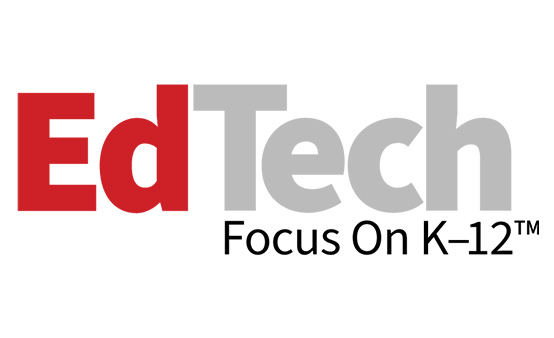The $122.7 billion allocated to K–12 education as part of ESSER III is the largest amount schools have received from the federal government in COVID-19 relief funds by far. However, this funding also comes with the most guidelines and restrictions for spending. School districts have to meet certain planning criteria and use at least 20 percent of the funding to combat learning loss.
Here is how K–12 leaders can be sure they are using their federal funding correctly and getting the most out of it.
How Can Schools Meet the Criteria of the ESSER III Funding?
ESSER III funds allocated to K–12 schools in the American Rescue Plan are intended to help districts reopen their doors safely.
To receive their funding, schools must show they have a plan to bring students back, in some capacity, to in-person learning. After making a plan, schools must seek public comment on it and subsequently make the plan publicly available on their district website within 30 days of receiving ESSER III funds. To remain eligible, schools must update their plan at least every six months through the end of September 2023.
ESSER III is also the only round of ESSER funding that requires stakeholder input. Districts must make their ESSER III spending plan available to students, school staff, district administrators, families and the community.
DISCOVER: Schools have more virtual interaction with the parents of K–12 students.
When it comes to how schools spend the money, one requirement for K–12 districts receiving federal funding is that 20 percent of ESSER III funds must be spent on programs that counter learning loss.
Many schools may achieve this by allocating the money to tutoring or summer school programs, but there are creative ways to put this 20 percent toward accelerating learning.
How Schools Can Maximize Their ESSER Funds
Because ESSER III funding must be spent by September 2024, district leaders should work to create a long-term plan that maximizes their investment.
For the 20 percent of funding that must be used to address learning loss, educators should consider solutions that will have long-term impacts to get the most out of their spending.
Click the banner to discover resources for updating your school's K–12 learning environment.








![[title]Connect IT: Bridging the Gap Between Education and Technology](http://www.edtechmagazine.com/k12/sites/default/files/articles/2014/05/connectit.jpg)




